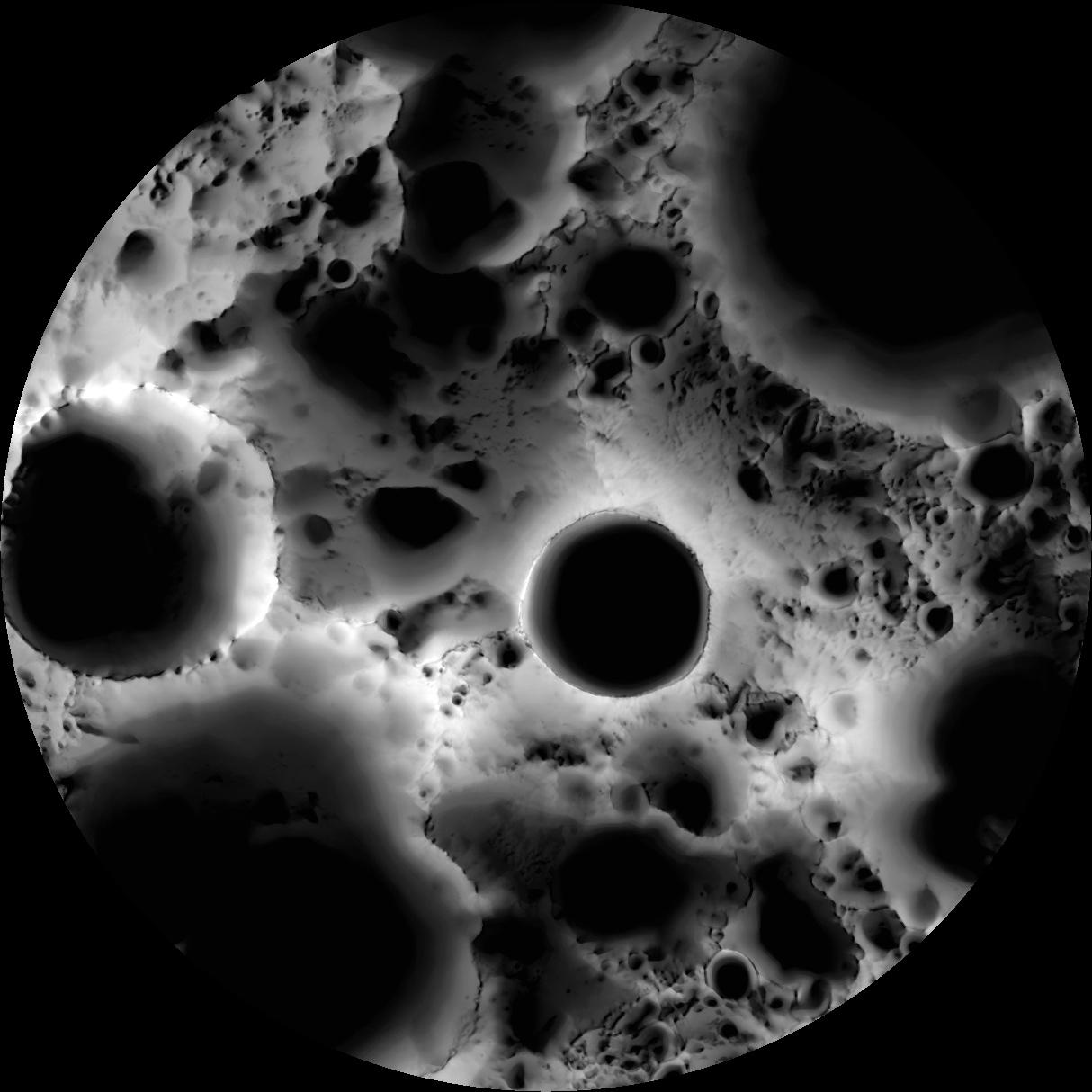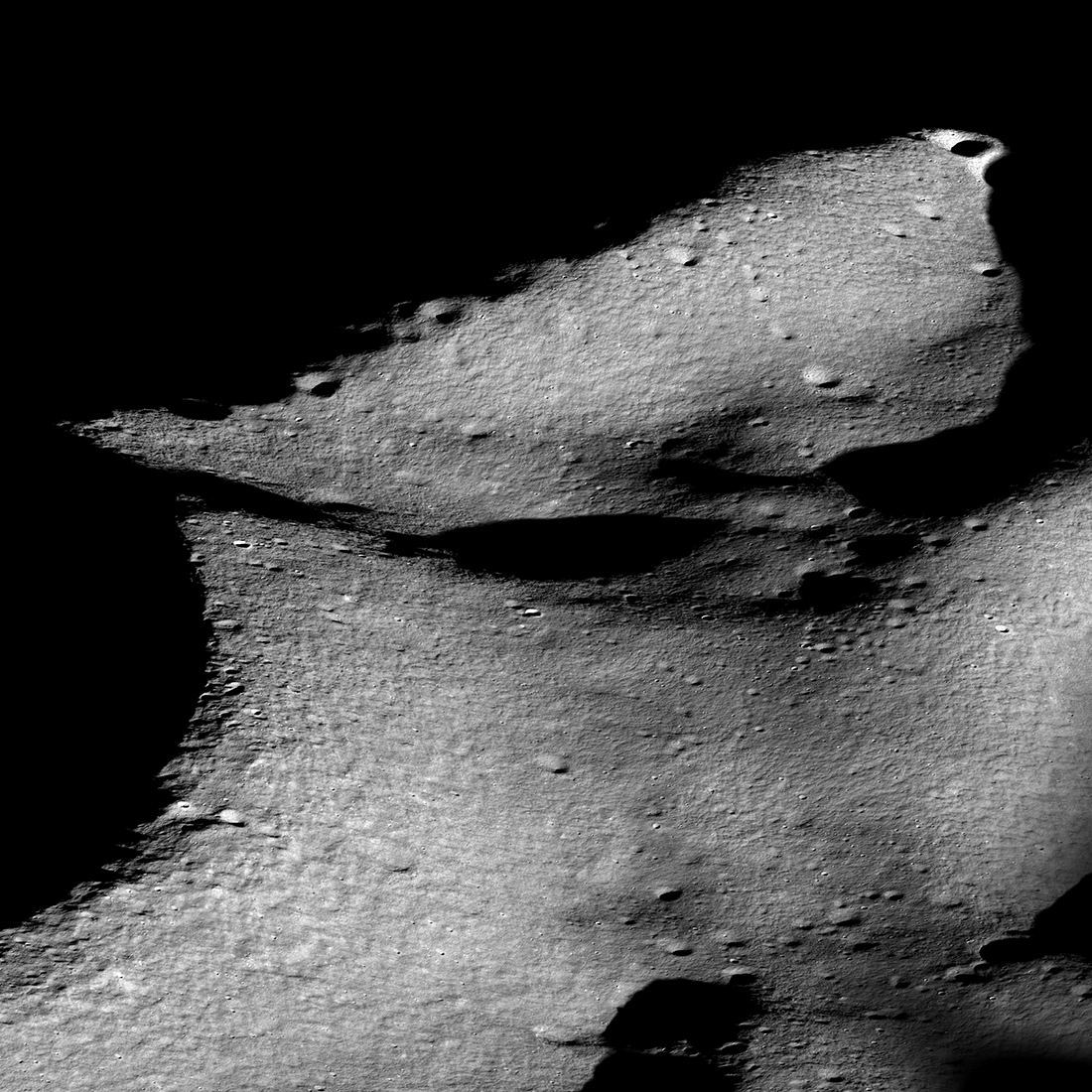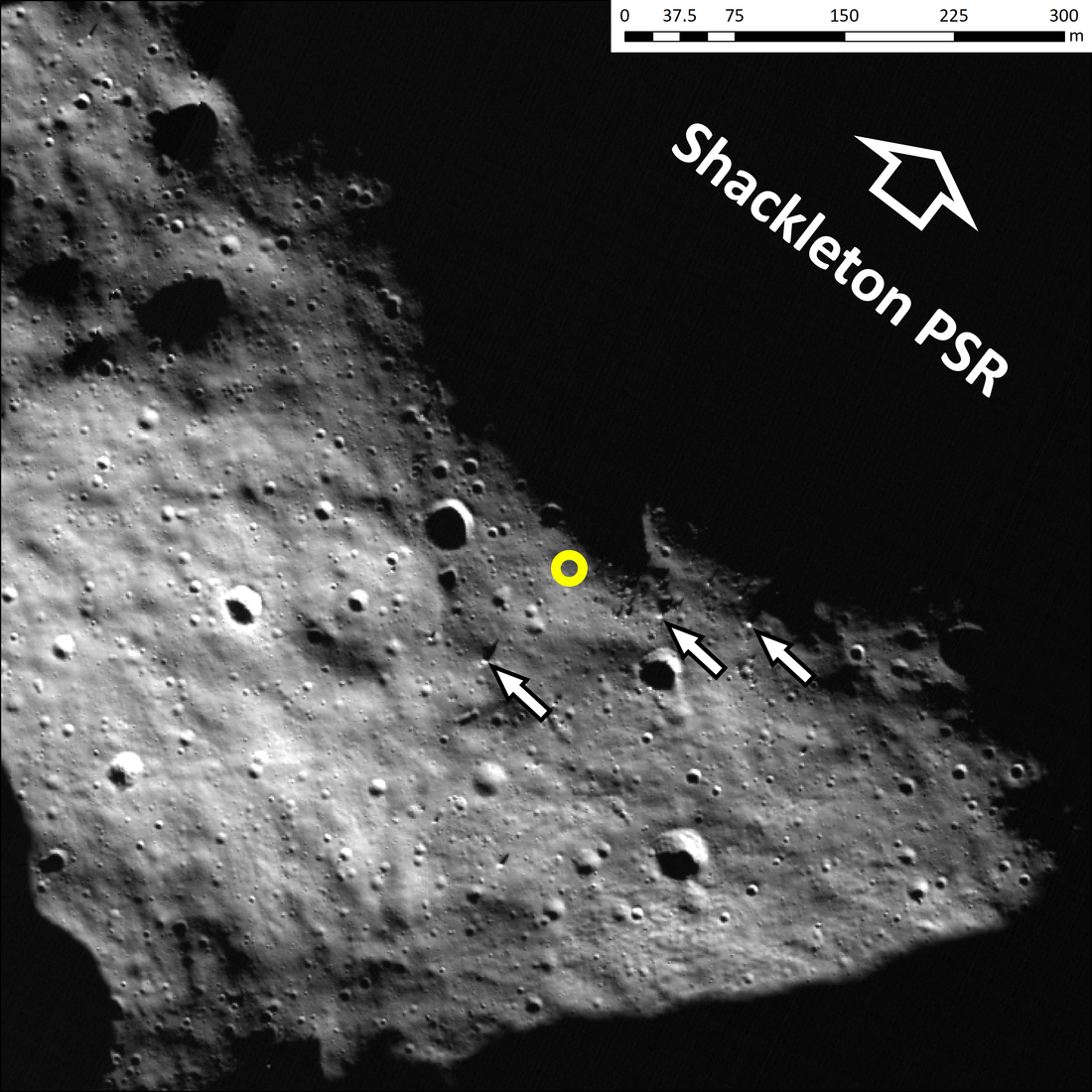The LRO mission support group has published a new picture. It demonstrates a site near the Moon’s south pole that is being considered as a potential landing site for the Artemis III mission.
South pole of the Moon
The south pole of the Moon is a unique place. On the one hand, the bottom of its deepest craters is never illuminated by the Sun, which makes it possible for ice deposits to exist there. Future conquerors of the Moon could use them to produce oxygen, water and fuel components.

On the other hand, the central peaks of the polar craters and the highest sections of their shafts are illuminated by the Sun for almost the whole year, which makes them an excellent place to host a solar power plant. It is the combination of these two factors that explains the increased interest of NASA and other space agencies in the south pole of the Moon.
The future landing site of lunar expeditions
The photo taken by LRO shows one of the sites considered by NASA management as a potential landing site for the Artemis III mission. In its left part, you can see the eternally shaded 20-kilometer crater Shackleton. The data collected by the spacecraft suggests that there are large deposits of ice at its bottom. The south pole of the Moon is located near a small bright crater located on the Shackleton Shaft.

In the upper part of the photo, you can see the brightly lit De Gerlache ridge connecting the shock formation of the same name with the Shackleton crater. Its length is 14 km. It is this ridge that is considered one of the most promising for landing a future lunar expedition.

The second LRO image shows the same region “from above”. The white arrows indicate large (about 8 m in diameter) blocks that are of significant scientific interest. These are fragments of the lunar crust, knocked out during the formation of the Shackleton crater, in which the geological chronicle of this region is recorded. The yellow circle marks a relatively flat area with a width of 750 m, providing a direct view to the bottom of the crater. While at this point, astronauts can use sunlight reflected from the crater shaft to make observations and assess the state of ice deposits.
According to https://www.lroc.asu.edu
Follow us on Twitter to get the most interesting space news in time
https://twitter.com/ust_magazine

